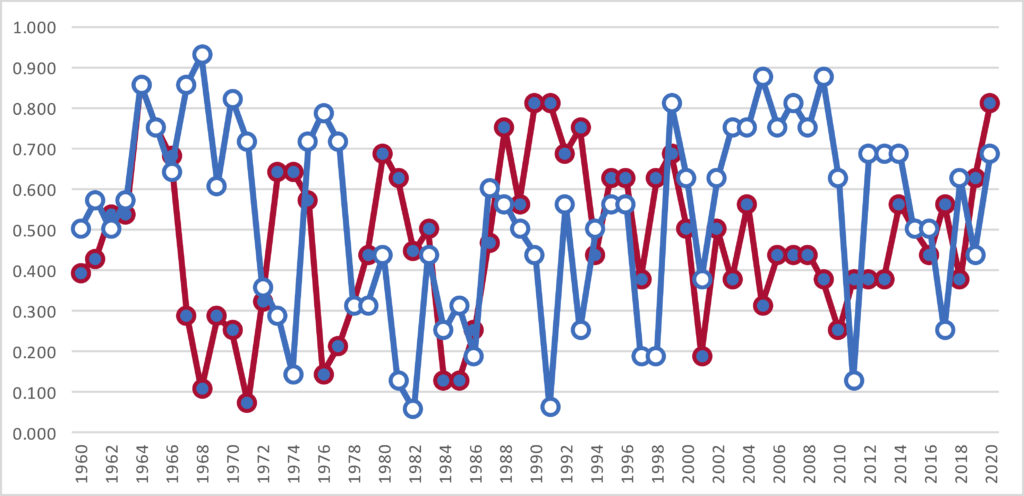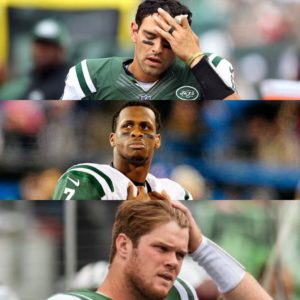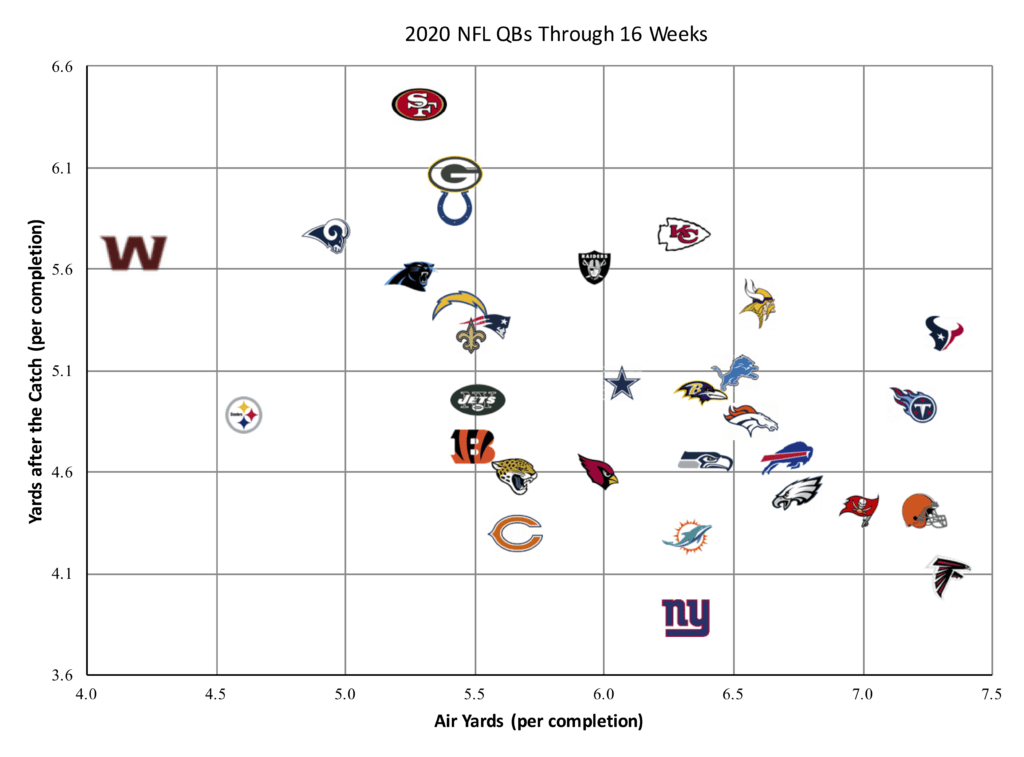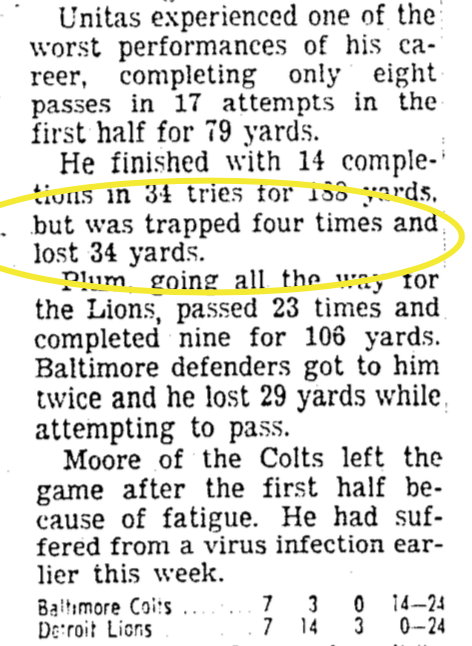The Saints have been defined by Sean Payton and Drew Brees for 15 years. And because of that, we tend to think about the Saints as a team that won a Super Bowl — even if the New Orleans championship team was over a decade ago.
The current Saints team — with offensive stars like Alvin Kamara and Michael Thomas, and a host of talented defensive players (Demario Davis, Cameron Jordan, Marcus Williams and Marshon Lattimore, among others) — has not tasted championship success despite a remarkable amount of regular season success. In fact, they haven’t even made the Super Bowl. And with Brees now retiring, it looks like the curtain will close on what is easily the best four-year run in New Orleans regular season history.
Over the last four years, New Orleans has the most wins of any team (49), scored the second-most points behind Kansas City, and allowed the fifth fewest points.
Such great regular season success often results in a championship or two, and almost always results in a Super Bowl appearance. The Saints have a 0.766 winning percentage over the last four seasons, making them just the 4th franchise in the Super Bowl era to have such a high level of regular season success without making it to a Super Bowl.
The Dallas Cowboys from 1966 to 1969 had a similar streak of disappointing endings. In ’66, Dallas went 10-3-1 with the best offense in football; they lost to the Lombardi Packers in the NFL title game, the first time such game was the precursor to the Super Bowl. In ’67, Dallas went 9-5 but lost to the Packers in the Ice Bowl, again on the doorstep of the Super Bowl. In 1968, Dallas went 12-2, beating the Browns easily in the regular season but losing to them in the playoffs.
Don Meredith had led Dallas to a 27-9-1 mark from ’66 to ’68, but was embarrassed by Cleveland in the ’68 postseason, going 3 for 9 for 42 yards with three interceptions before being benched. At 31 years old, Meredith retired after the season. Enter Craig Morton, who led the ’69 Cowboys to an 11-2-1 mark in 1969… before the team again saw their season end at the hands of the Browns. Four seasons, a 0.768 winning percentage, and no Super Bowl appearances. The next year, Morton (with some help from Roger Staubach) and Dallas went 10-4 and finally reached it to the title game… before losing to the Colts. The year after, in 1971, Staubach helped Dallas finally reach the mountain top, winning Super Bowl VI.
The Oakland Raiders had a similar rough stretch from ’72 to ’75. In 1972, under Daryle Lamonica, the Raiders went 10-3-1 and ended the year on a 6-game winning streak. In the playoffs, it took the Immaculate Reception to defeat Oakland. In 1973, Ken Stabler became the starter, and while the Raiders would go 9-4-1 and avenge the playoff loss to Pittsburgh in the ’73 postseason, Oakland would still come up short against the defending Super Bowl champion Dolphins, who would repeat in ’73. In 1974 the Raiders went 12-2 and led the NFL in scoring; they would get their revenge against Miami in a memorable way in the playoffs, but once again were bested by the Steelers in the postseason. In 1975, Oakland had another great regular season that ended in a third straight loss in the AFC Championship Game, again to the Steelers. Over that 4-year run, the Raiders had a 0.768 winning percentage, but no Super Bowl appearances. Finally, in year five, Oakland would go 13-1, beat a depleted Steelers team in the playoffs, and then make — and win — their first Super Bowl.
The last franchise to discuss had a much longer run of frustration and did not ever result in redemption. The Los Angeles Rams from ’73 to ’76 had a 0.795 winning percentage, while the ’75 to ’78 squads went won 76.7% of their games. The ’67 to ’70 Rams also qualify with a 0.768 winning percentage during that four year run. Guard Tom Mack was on the Rams from ’66 to ’78; Merlin Olsen was a Ram from ’62 to ’77, so let’s call these the Mack/Olsen Rams.
Let’s look at the Rams from ’66, when Roman Gabriel took over as the starting quarterback, through the end of the ’70s. There was a constant shuffling of coaches and quarterbacks during the Mack/Olsen era,
The ’75 to ’78 Rams won 77% of their games and lost in the NFC Championship Game three times. From ’67 to ’70, Los Angeles twice missed the playoffs despite strong seasons, and twice lost in the division round to the eventual NFC Champion. But the period from ’73 to ’76 takes the cake: L.A. went 44-11-1 in the regular season but never made it to the Super Bowl. Minnesota went 45-10 and made it to three Super Bowls during this window, with Dallas (who beat the Rams in the playoffs in ’75) earning the other NFC appearance.
And then we have the Saints. New Orleans has won 11, 13, 13, and 12 games over the last four seasons. The 2017 season ended with the Minnesota Miracle; in 2018, the Saints earned the #1 seed but lost to the Rams in the NFC Championship Game, with a key defensive pass interference by Rams cornerback Nickell Robey-Coleman going uncalled. In 2019, New Orleans went 13-3 in the rare year where that landed them the three seed. That bad luck continued, with wildcard Minnesota once again upsetting the Saints and ending their season. And finally, in 2020, the Saints swept the Bucs in the regular season and earned the #2 seed in the NFC, but lost the third game against Tampa Bay in the Division Round.








